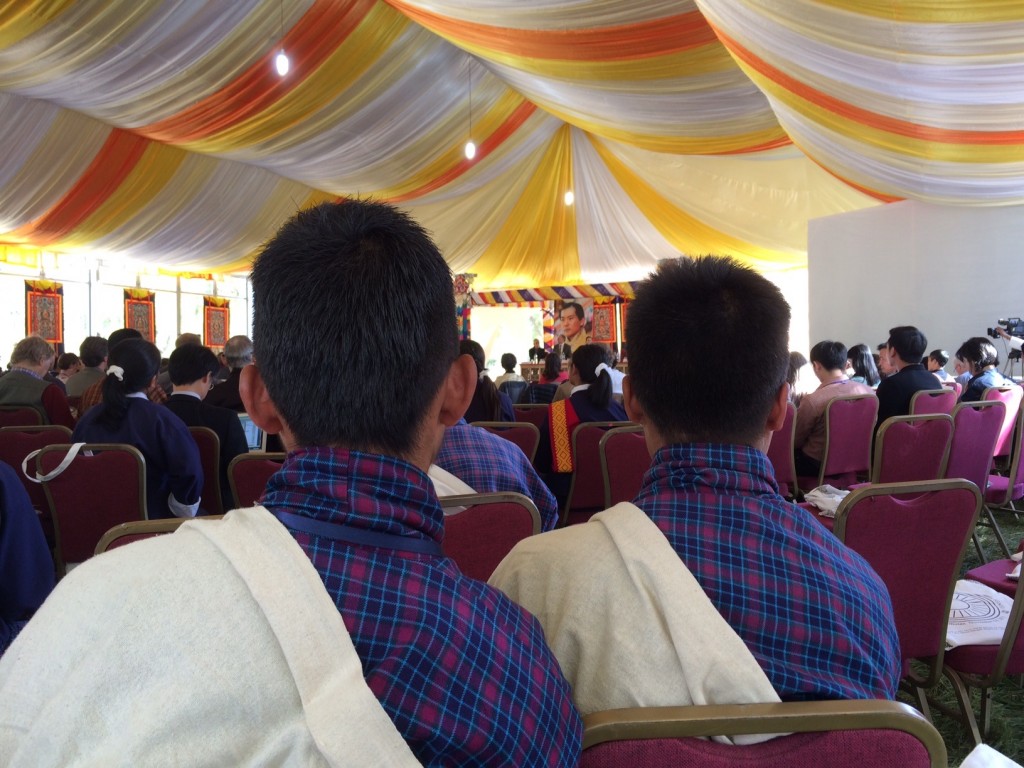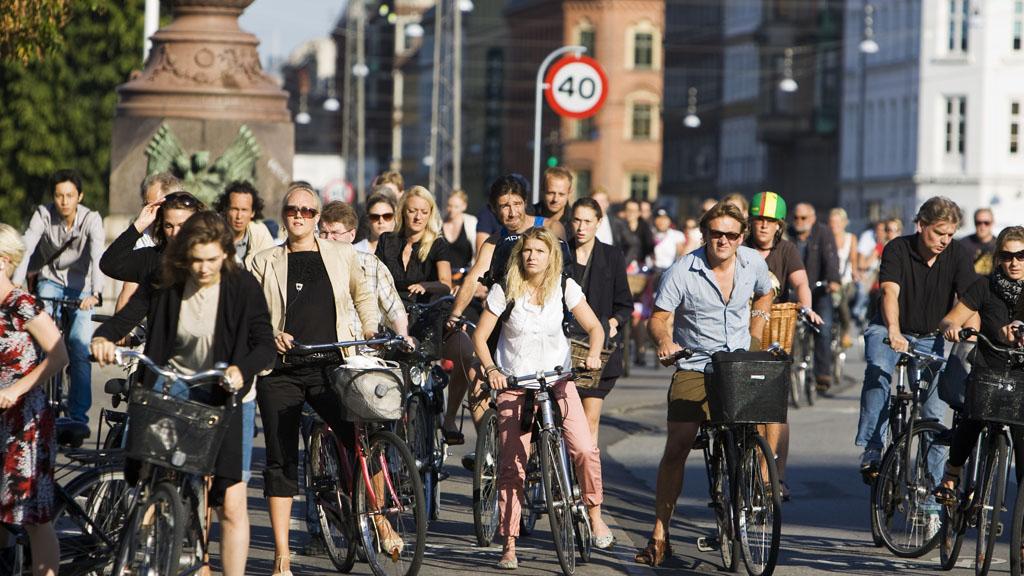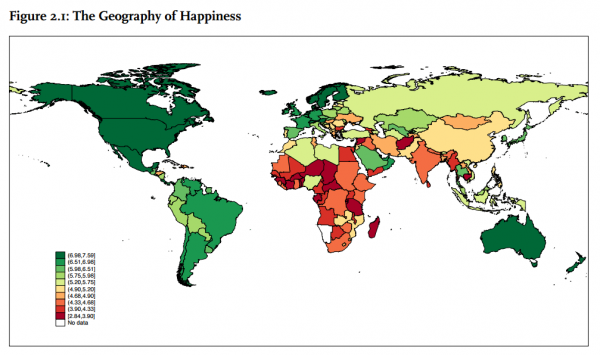What is Gross National Happiness (GNH) actually good for? And how do policymakers in Bhutan really use their unique development tool?
In previous posts, I’ve dived into the methodology of GNH and crunched some of numbers behind the 43,4% of happy Bhutanese. GNH was once developed to provide an alternative to the logic of mere economic development. Obviously, in the end GNH is as good or as bad as it will be used. As an observer, it seems that Bhutan stands close to GNH, for instance in environmental policy and community life.
But to really know how it works, I asked Kent Schroeder at Humber College, Canada to help me find out if GNH leads to different government decisions. He should know: he did his PhD on the implementation of GNH in Bhutan, and interviewed around 150 policymakers on all levels.
Who’s doing GNH?
Schroeder told me that several Bhutanese institutions are working on GNH: the GNH Commission, the think tank Centre for Bhutan Studies (CBS), and the government.
- The GNH Commission is a powerful body that is consulted by the government on the GNH effects of new policy initiatives. It’s reviewing new public policy initiatives before adoption. And the GNH Commission even publishes draft policies online, allowing the public to comment.
- In addition, there is a policy screening tool, through which the Commission reviews the impact of a prospective policy on the nine domains of GNH. The tool scores all elements of the policy on a scale from 1 to 4: 1 means a negative impact, while 4 means a positive impact. In the EU bubble, we would call this a happiness impact assessment!
- The most prominent example of the use of the policy screening tool leading to different results was the question on whether Bhutan should join the World Trade Organisation (WTO). After reviewing the consequences on GNH, the GNH Commission advise against becoming party to global free trade rules.
- The CBS is also a highly recognised think tank, and is the driving forced behind the GNH index I’ve written so much about.
- And then of course there are all policymakers at national, district and local level who formally all are required to follow the concept of GNH in their policies. Schroeder tells me that the GNH principle is taken into account for Bhutan’s five-year plans. In the next cycle, GNH will be devoluted, meaning that local administrations should take more responsibility. Officials can use local checklists similar to the national screening.
Does it work?
So, the means are there to effectively integrate GNH in public policy. But does it work in practice? To answer that question, Schroeder in his PhD thesis research reviewed four policy areas, namely media, tourism, farm roads, and human-wildlife conflict.
His conclusions about the effectiveness of GNH policies are as follows:
- The influence of GNH on policy actions is unpredictable. Policies are shaped in a complex policy process, and the level of influence of different actors across policy areas and districts. As such, the impact of GNH policy tools on policy processes is limited.
- Bhutanese citizens, and even policy makers, often do not understand what GNH really means. There is no common concept and these different interpretations also affect the policy process. Simply put, GNH is often not understood!
- As a result, the outcome varies per policy area. Media and tourism policies largely reflect the aims of GNH. For farm roads, on the short term policy conforms with the GNH concept, but on the long term, Schroeder doubts its effect on sustainability. Finally, for the policies on the interaction on human and wildlife – a real issue in Bhutan where farmers often have to stay awake in the night to chase animals from their farmland – the result is mixed. This is also a consequence of the ambiguity of GNH.
Common values ensure GNH
Reading this, one would doubt the relevance of GNH as a concept. But there is no reason to be so dire. Even though the process is not as structured as the concept would suggest, the underlying values used by policy makers in determining their course of action typically conform with the values of GNH. As such, policy outcomes often reflect what GNH would imply – even if they’re not recognised as being connected with GNH!












